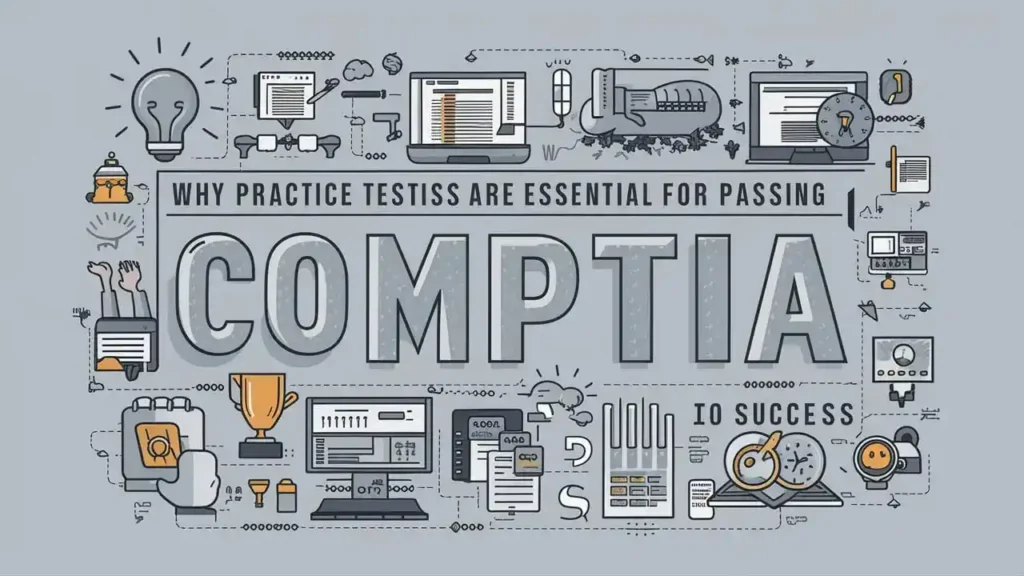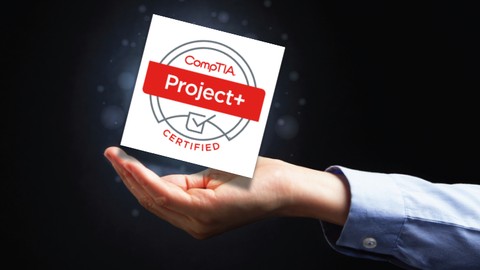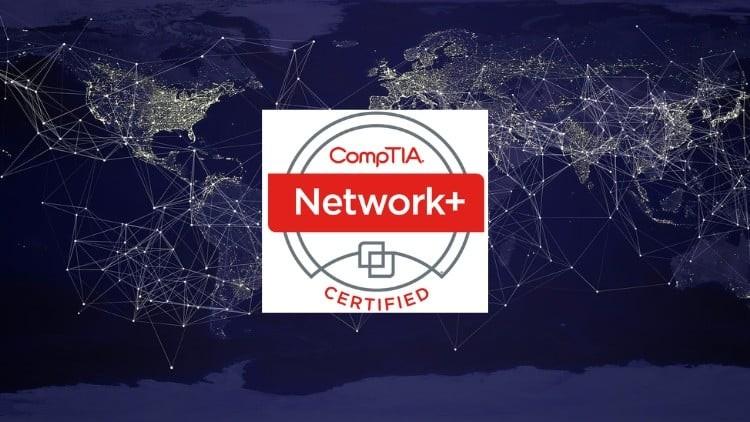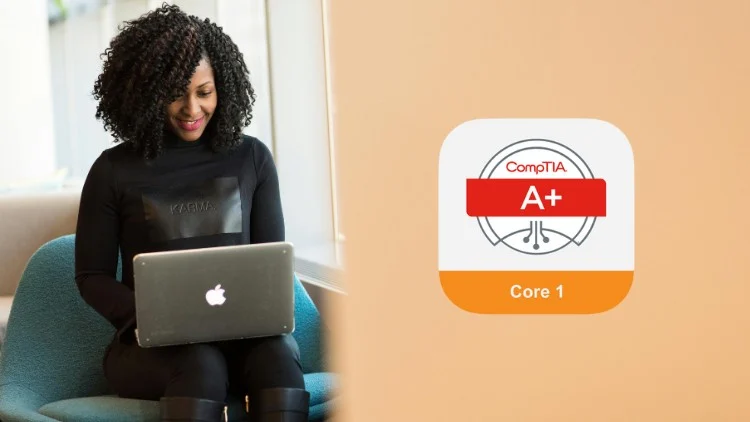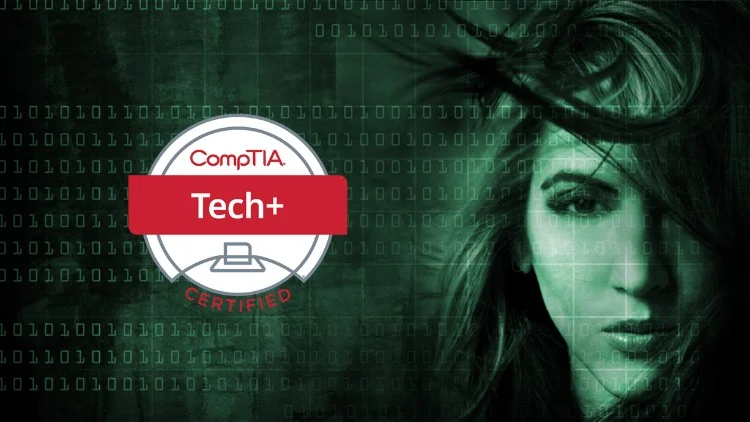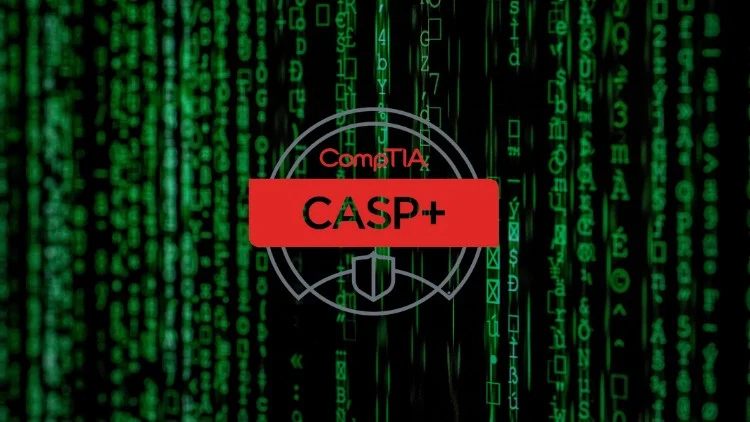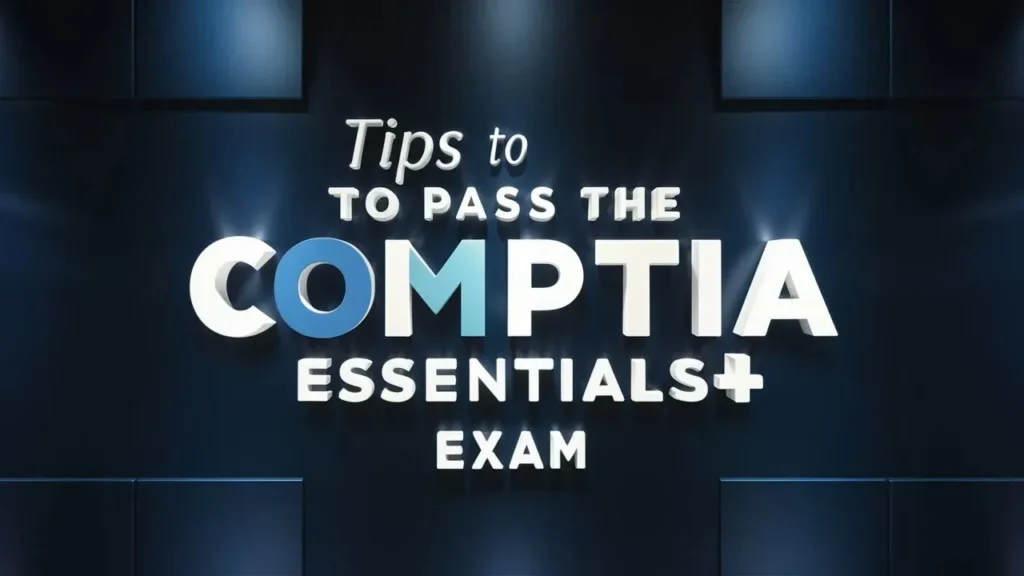Introduction
Passing a CompTIA exams —whether it’s A+, Network+, Security+, or an advanced credential—requires more than just reading textbooks or watching video lectures. One of the most effective ways to solidify your knowledge and boost your exam performance is by incorporating gururo practice tests into your study routine.
In this guide, we’ll explore why practice tests are crucial for Essential for Passing CompTIA Exams, how they help pinpoint weak areas, and strategies to maximize their benefits. From reducing test anxiety to improving retention, practice exams are a powerful tool for IT certification exam preparation—and can mean the difference between a last-minute scramble and a confident pass on your first attempt.
What Are Practice Tests and How Do They Work?
Practice tests (or gururo exams) are sets of questions designed to mimic the format, style, and difficulty level of real CompTIA exams. Reputable practice test providers use exam blueprints and keep their material updated, ensuring the questions align closely with CompTIA objectives.
By simulating exam conditions—time constraints, question variety (multiple-choice, performance-based), and coverage of exam topics—these tests give you a clear idea of your preparedness level.
Key Features:
- Exam-Like Questions: Mirrors real question types, including multiple-choice, drag-and-drop, scenario-based, and performance-based.
- Detailed Explanations: Provides rationales for correct and incorrect answers, reinforcing learning.
- Scored Feedback: Highlights domain-specific performance, revealing areas needing more focus.
Key Benefits of Taking CompTIA Practice Exams
1.Realistic Exam Simulation
Advantage: Practice tests replicate the look and feel of actual CompTIA exams, from question styles to time pressure. Familiarity with exam conditions significantly eases anxiety on test day.
2.dentifying Knowledge Gaps
Advantage: Even the most thorough study plan can leave blind spots. Practice exams pinpoint weak areas, letting you retarget your study efforts on topics like subnetting, hardware troubleshooting, or threat analysis.
3. Boosting Confidence and Reducing Anxiety
Advantage: If you often feel anxious before big tests, practice is the remedy. Completing multiple mock exams helps build stamina and self-assurance, transforming nerves into excitement.
4. Time Management Skills
Advantage: Many IT certification exams have challenging time limits. Practice tests sharpen your pacing—when to spend extra time on tough questions, and when to move on.
5. Retention and Repetition
Advantage: Repeatedly encountering similar questions or themes reinforces memory. You’ll remember commands, configurations, or security definitions better by applying them in a test-like environment.
How to Choose the Right CompTIA Practice Tests
- Updated for the Current Exam: Check the exam code (e.g., 220-1101 for A+, SY0-601 for Security+). Only use materials that match the latest iteration.
- Exam-Like Difficulty: Some question banks are too easy or too hard, skewing your perception. Seek tests known to mirror real difficulty.
- Explanations and Rationales: Top-notch practice test solutions provide detailed feedback on each question, clarifying correct vs. incorrect answers.
- Performance Reports: Tools that track domain scores and highlight repeated mistakes are invaluable.
- Positive User Feedback: User reviews on Reddit’s r/CompTIA or other forums can guide you to reliable sources.
Best Practices for Using Practice Exams
1. Simulate Real Exam Conditions
- Quiet Environment: Study in a distraction-free space, using the actual time limit.
- No Interruptions: Resist the urge to pause—learn to handle pressure as you would in the real test.
2. Review Mistakes Thoroughly
- Deeper Learning: Understanding why an answer is wrong cements your grasp on the topic.
- Note Taking: Keep a log of tricky questions or guess-based answers to revisit later.
3. Track Progress Over Time
- Benchmark Scores: Gradually aim for higher scores across multiple attempts, from 70% up to 85% or 90%.
- Identify Patterns: If you consistently fail in “Networking,” direct extra effort toward that domain.
4. Focus on Weak Areas After Each Test
- Targeted Revisions: Don’t just retake the same exam immediately. Instead, address the knowledge gaps you identified first.
- Cycle in New Practice Tests: If resources allow, use multiple providers to vary question styles.
5. Balance with Other Study Methods
- Textbooks and Videos: Combine practice tests with reading official guides or watching tutorial videos.
- Hands-On Labs: Especially for Network+ or Security+, real-life practice cements theoretical knowledge tested by the mock exams.
How Many Practice Tests Should You Take Before the Actual Exam?
There’s no magic number. However, most IT professionals recommend:
- At Least Two or Three Full-Length Exams: Enough to gauge consistent performance.
- Multiple Mini-Quizzes: Domain-specific quizzes after covering each module ensure steady progress checks.
- Re-Testing: Retake practice exams only after closing knowledge gaps, to avoid memorizing question answers rather than learning the material.
Conclusion
Practice tests are a cornerstone of effective CompTIA exam preparation, offering a realistic mirror of the real test experience and pinpointing exactly where you need more study. By methodically incorporating mock exams into your study routine—balancing them with textbooks, video tutorials, and hands-on labs—you set yourself up for success.
To maximize your preparation, Gururo’s CompTIA practice tests provide expertly crafted, exam-aligned questions that simulate the real test environment, helping you identify weak areas and improve efficiently.
Remember: it’s not just about the scores you achieve on practice tests, but also the learning process each test triggers. Each incorrect answer, every domain weakness, is an opportunity to refine your knowledge. With consistent use of quality practice test providers, you’ll walk into your CompTIA exam feeling confident, prepared, and ready to excel.
Disclaimer: Always check CompTIA’s official website and recognized test prep providers for the most recent exam objectives and recommended study materials.
FAQs
1. How do practice tests help in preparing for CompTIA exams?
They replicate exam style, highlight weaknesses, and develop time management skills—all crucial for real exam success.
2. What are the advantages of taking practice exams for IT certifications?
Reduced anxiety, improved confidence, better retention, and structured revision targeted to trouble spots.
3. Can practice tests improve my score on CompTIA exams?
Yes. By familiarizing yourself with question formats and focusing your study, practice tests typically boost final scores.
4. What should I look for in a good CompTIA practice test?
Updated content for the latest exam version, accurate difficulty level, detailed explanations, and performance-tracking features.
5. How many practice tests should I take before the actual exam?
Aim for at least 2–3 full-length tests to ensure consistent pass marks (85% or above is a good target), supplemented by mini quizzes on specific domains

